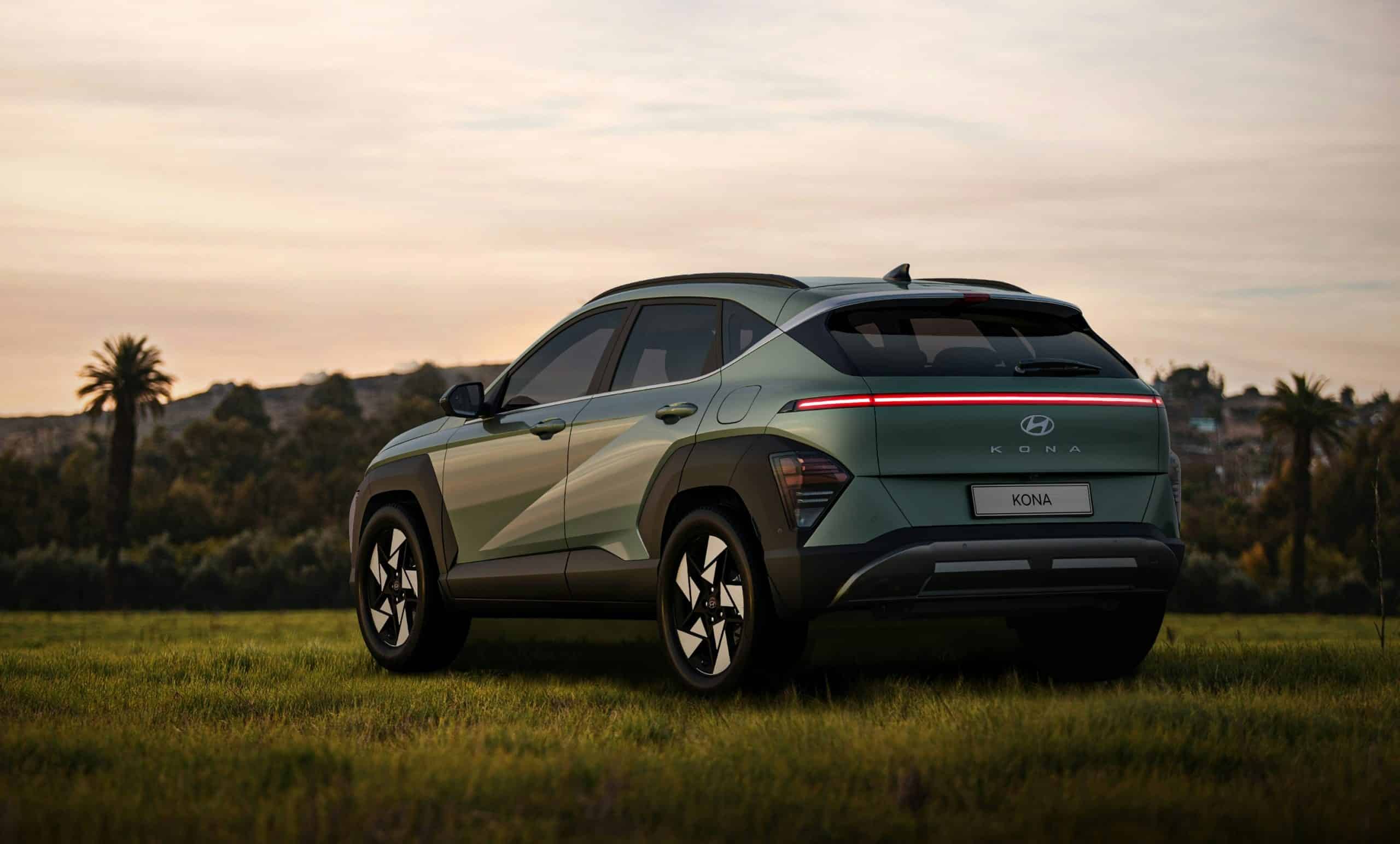As a vehicle owner, one of your key responsibilities is to protect your prized asset from external damage. Among the many threats that your car can face, rust and corrosion are some of the most damaging and prevalent. Rust and corrosion are not just unsightly, they can also cause serious damage to your vehicle’s undercarriage, compromising its structural integrity and safety. The good news is that with some proactive measures, you can prevent your vehicle from becoming a victim of these destructive forces.
In this comprehensive guide, we will explore some of the best methods for protecting your vehicle’s undercarriage from rust and corrosion.
Dans le meme genre : How to Enhance Night Visibility with LED Conversion Kits?
Undercoating: A Reliable Method for Rust Prevention
To start with, let’s delve into the world of undercoating – a popular method employed by vehicle owners to protect their cars from rust and corrosion. Undercoating is a protective layer that is sprayed onto the undercarriage of your vehicle. It creates a barrier that prevents road salt, moisture, and other corrosive elements from coming into direct contact with the metal surfaces of your car.
Undercoating is typically oil, wax, or rubber-based, with each type providing its unique set of benefits. Depending on the severity of the climate and road conditions where you drive, it may be beneficial to opt for a specific type of undercoating. For example, an oil-based undercoating is great for providing long-lasting protection since it penetrates the metal and repels water. However, it can get messy and requires reapplication every year.
A lire aussi : What Benefits Do Ceramic Coatings Offer to Car Exteriors?
Car Paint: Offering More Than Just Aesthetic Appeal
Car paint does more than just enhancing your vehicle’s appearance. It also plays a vital role in protecting the metal surfaces of your vehicle from corrosion. High-quality car paint forms a seal on the metal surface, preventing moisture from reaching the metal and triggering the rusting process.
However, once the paint surface is chipped or scratched, it exposes the metal underneath to the elements, increasing the risk of rust. Therefore, it’s crucial to keep your car paint in optimal condition. Regular washing and waxing of your vehicle will help preserve the paint, and thus prevent rust. Also, be sure to promptly address any chips or scratches on the paint surface.
Regular Cleaning: The First Line of Defense Against Rust
Often overlooked, regular cleaning is one of the easiest and most cost-effective ways to prevent rust and corrosion on your car’s undercarriage. Dirt, road salt, and moisture can accumulate on the undercarriage over time, creating an ideal environment for rust to form.
A thorough cleaning will remove these harmful substances, reducing the risk of corrosion. When you wash your vehicle, make sure to clean the undercarriage as well, especially during the winter months when the use of road salt is prevalent.
Appropriate Storage: Limiting Exposure to Corrosive Elements
Where you store your vehicle can also impact its susceptibility to rust and corrosion. Leaving your car exposed to the elements, particularly in areas with high humidity or coastal regions, can accelerate the formation of rust.
Covered parking or a garage is the best option to protect your vehicle from harsh environmental conditions. If that’s not available, consider using a high-quality car cover. This will protect your car from rain, snow, and other corrosive factors, and limit its exposure to rusting elements.
Regular Inspections: Catching Rust Before It Spreads
Finally, regular inspections are crucial in preventing rust and corrosion on your vehicle’s undercarriage. By catching rust early, you can prevent it from spreading and causing more extensive damage.
Look for any signs of rust or corrosion during your regular car maintenance. Pay special attention to the undercarriage, wheel wells, and other areas that are prone to rust. If you spot rust, take immediate action to treat it. This might involve sanding the rusted area down to bare metal, applying a rust converter, and then repainting the area.
In conclusion, protecting your vehicle’s undercarriage from rust and corrosion involves a combination of methods, including undercoating, maintaining car paint, regular cleaning, appropriate storage, and regular inspections. With these preventative measures, your vehicle’s undercarriage will be well-protected, ensuring your car stays rust-free and maintains its value over time.
Ceramic Coating: A Solid Shield Against Rust
Ceramic coating is a relatively new technology in the field of rust prevention, but it’s making waves due to its effectiveness. This type of coating is made from a polymer and provides a hard shield to protect the metal surfaces of your car from rust and corrosion.
Ceramic coating is not just a surface-level protector. It bonds with the car’s paint on a microscopic level, filling in any tiny cracks or imperfections. This makes it challenging for water, salt, and other corrosive substances to penetrate the surface and reach the metal underneath. The result is a long lasting layer of protection that resists corrosion, provides a glossy finish, and makes washing your car easier.
The process of applying ceramic coating requires professional expertise. It involves cleaning and preparing the surface, applying the coating, and then allowing it to cure. It’s important to note that ceramic coating doesn’t eliminate the need for regular washing or other forms of rust protection. However, it adds an extra layer of defence, making it harder for rust to take hold.
Rust Proofing: An Investment Worth Making
If you’ve been putting off rust proofing your vehicle, it’s time to reconsider. Rust proofing is a preventative measure that can save you a lot of money and trouble in the long run. It’s an investment that can significantly extend the lifespan of your car and help preserve its resale value.
Rust proofing involves applying a protective coating to the undercarriage of your car to prevent rust from forming. The most common method is oil undercoating, which penetrates the metal and provides a barrier against moisture and road salt. The coating needs to be reapplied every year, but it’s an effective way to keep your vehicle rust-free.
In addition to the undercarriage, other areas of your car that are susceptible to rust should also be treated. These include the wheel wells, door edges, and any areas where metal components meet. Remember, the goal of rust proofing is to prevent rust from starting in the first place. Once it begins, it can be challenging to stop rust from spreading.
Conclusion
In conclusion, there are several ways to shield your vehicle’s undercarriage from rust and corrosion – each with its unique benefits. Undercoating and rust proofing offer lasting protection against the damaging effects of road salt and moisture. Car paint and ceramic coating provide a physical barrier that seals the metal surfaces of your car from the elements.
Regular cleaning is a simple yet effective way to prevent rust, particularly in the winter when road salt use is prevalent. Appropriate storage can limit your car’s exposure to corrosive elements, and regular inspections can help you catch and deal with rust before it spreads.
All these methods, when used in combination, offer the best protection for your car from rust and corrosion. Remember, it’s not about choosing one method over the other. Rather, it’s about using these methods together to provide comprehensive rust protection. By doing so, you can keep your car in the best possible condition and maintain its value over the long term.











